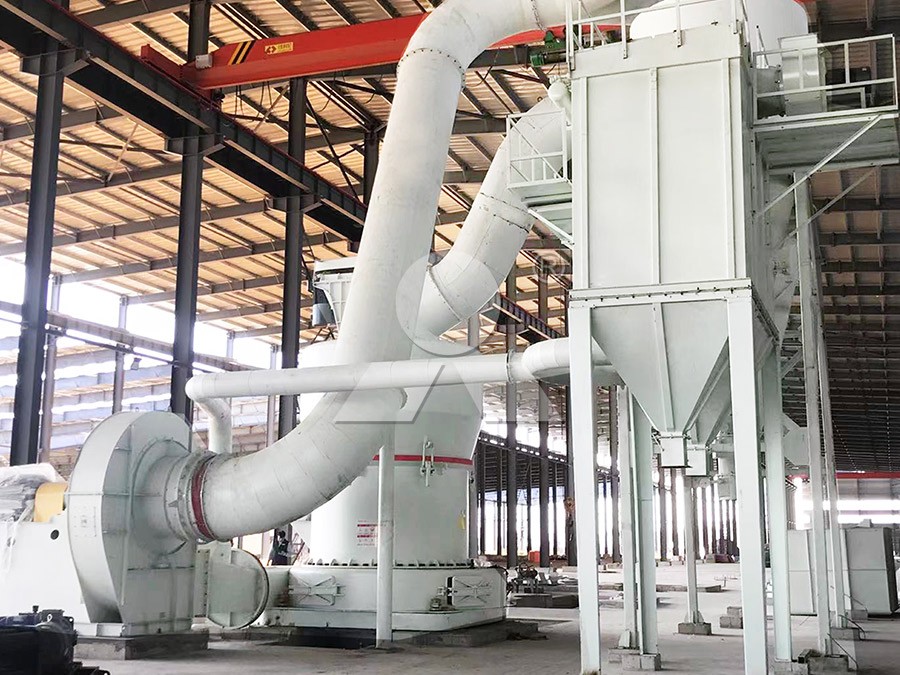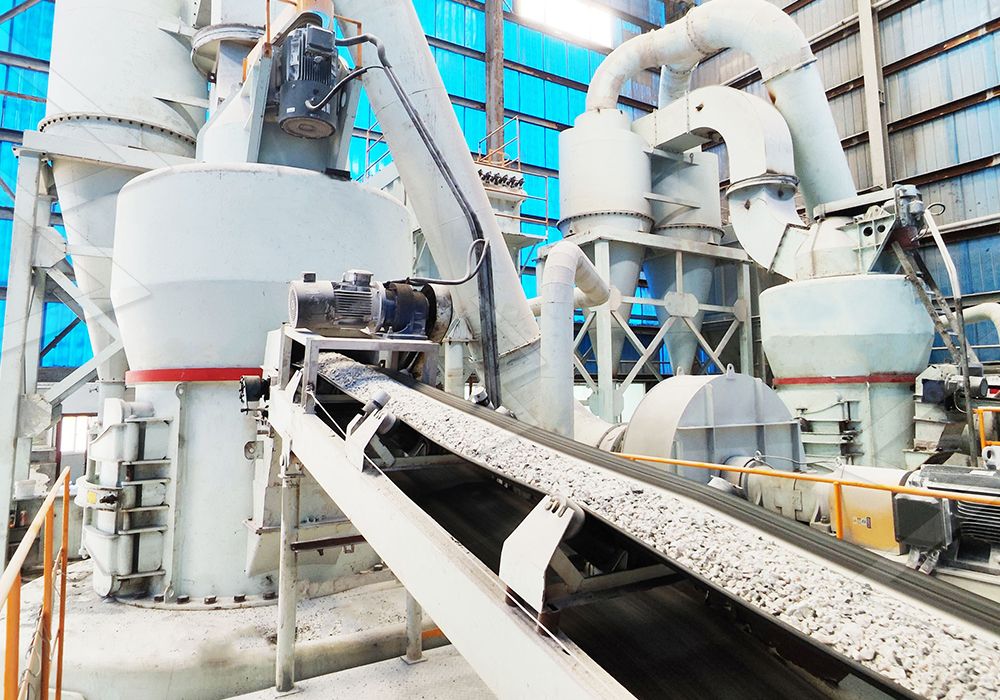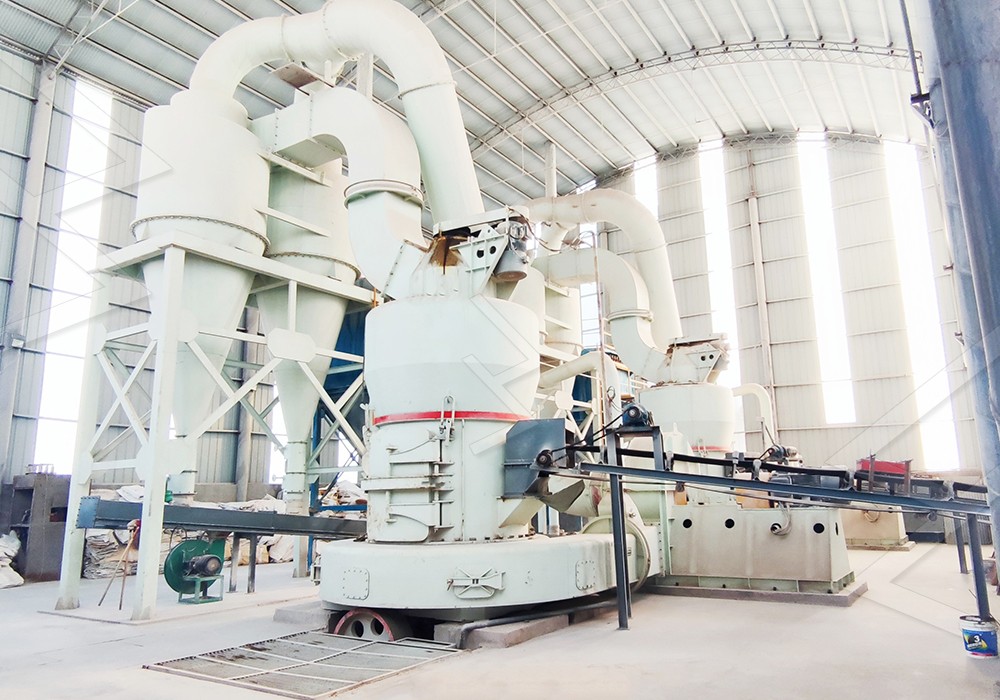Trapezium Mill for Efficient Feldspar Sand Grinding
Optimizing Feldspar Processing with Advanced Grinding Technology
Feldspar, one of the most abundant minerals in the earth’s crust, presents unique challenges in grinding operations due to its variable hardness and composition. Traditional grinding methods often struggle with efficiency, particle size distribution, and energy consumption. The quest for optimal feldspar processing has led to significant advancements in milling technology, particularly in trapezium mill designs that offer superior performance for this specific application.

The Challenge of Feldspar Grinding
Feldspar minerals, including orthoclase, albite, and anorthite, require precise grinding to achieve the desired particle size distribution for various industrial applications. The material’s abrasiveness can cause rapid wear on conventional grinding equipment, while its tendency toward uneven fracture patterns demands sophisticated grinding mechanisms. Traditional ball mills often result in overgrinding of softer components while leaving harder particles inadequately processed, leading to inefficient energy usage and inconsistent product quality.
Advanced Trapezium Mill Solutions
Modern trapezium mills address these challenges through innovative engineering designs that optimize grinding efficiency while minimizing operational costs. The unique grinding chamber configuration, combined with advanced material flow patterns, ensures consistent particle size reduction with minimal energy expenditure. These mills incorporate specialized grinding curves and pressure mechanisms that adapt to feldspar’s specific material characteristics.
For operations requiring high-capacity feldspar processing with precise particle control, the MTW-Z European Trapezium Mill represents a significant advancement. With an input size capacity of 0-50 mm and throughput ranging from 3-55 tph, this mill is particularly well-suited for feldspar applications. The absence of a shovel blade cylinder creates larger ventilation areas and reduced air-conveying resistance, while large-diameter grinding rollers directly improve grinding efficiency. The elastic volute damping structure effectively minimizes vibration damage, ensuring stable operation even with variable feldspar feed materials.

Technical Innovations in Feldspar Grinding
The grinding process for feldspar benefits tremendously from several key technological innovations found in modern trapezium mills. Diluted oil lubrication systems eliminate the maintenance challenges associated with traditional grease lubrication, while advanced powder concentrators enable precise control over final product fineness. The cage-type powder selector technology allows operators to fine-tune separation parameters to match specific feldspar composition requirements.
Another excellent option for ultrafine feldspar applications is the MW Ultrafine Grinding Mill, which operates with input sizes of 0-20 mm and capacities from 0.5-25 tph. This mill excels in producing ultra-fine feldspar powders with adjustable fineness between 325-2500 meshes. Its innovative design eliminates rolling bearings and screws from the grinding chamber, preventing common failure points and ensuring continuous operation. The efficient pulse dust collector and muffler system maintains environmental compliance while processing feldspar materials.
Operational Benefits for Feldspar Processing
The implementation of advanced trapezium mills in feldspar operations delivers substantial benefits across multiple operational parameters. Energy consumption reductions of 30-50% compared to traditional grinding systems significantly lower operating costs. The simplified maintenance requirements and durable construction materials extend equipment lifespan while reducing downtime. Digital control systems provide precise management of grinding parameters, ensuring consistent product quality batch after batch.

Environmental considerations are equally addressed through integrated dust collection systems and noise reduction technologies. The closed-system designs prevent material loss and contamination while maintaining workplace safety standards. These features make modern trapezium mills an environmentally responsible choice for feldspar processing facilities subject to stringent regulatory requirements.
Frequently Asked Questions
What makes trapezium mills particularly suitable for feldspar grinding?
Trapezium mills excel with feldspar due to their ability to handle the material’s variable hardness and composition through adjustable grinding pressure and advanced separation technology. The specific grinding curve designs optimize contact with feldspar particles for efficient size reduction.
How does the MTW-Z European Trapezium Mill improve upon previous designs?
The MTW-Z incorporates several innovations including diluted oil lubrication (maintenance-free operation), elimination of shovel blade cylinders (improved ventilation), elastic volute damping (vibration reduction), and advanced cage-type powder concentrators (energy efficiency and precision separation).
What particle size range can be achieved with these mills for feldspar applications?
Depending on the specific mill model, feldspar can be ground to fineness levels ranging from approximately 325 to 2500 meshes. The MW Ultrafine Grinding Mill specifically offers this adjustable range with high precision separation capabilities.
How do these mills address the abrasive nature of feldspar materials?
Advanced trapezium mills utilize wear-resistant alloys for grinding components, with service life 1.7-2.5 times longer than traditional materials. The grinding roller and ring designs specifically account for feldspar’s abrasiveness through optimized material selection and replacement strategies.
What are the primary energy savings mechanisms in modern trapezium mills?
Key energy-saving features include optimized grinding curves that reduce power consumption, advanced powder separators that minimize recirculation of adequately sized particles, efficient drive systems, and reduced ventilation resistance through innovative chamber designs.
